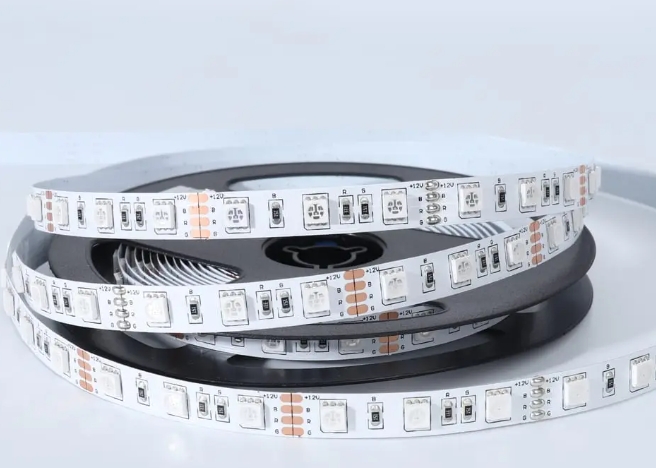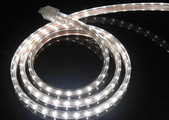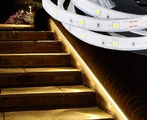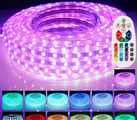How Sustainable Are the Materials Used by LED Strip Light Factories?
Recyclable Components in LED Strip Lights
LED Strip Light factories are increasingly focusing on sustainability by selecting materials that are recyclable and environmentally friendly. A significant portion of LED strip components, such as the aluminum used in heat sinks, can be fully recycled. Additionally, the copper found in the printed circuit boards (PCBs) is also recyclable. Factories report recycling rates of these metals at approximately 80-90%, highlighting a strong commitment to reducing waste and reusing valuable materials.
Non-Toxic and Durable Materials
The transition to using non-toxic materials is a key focus for LED strip light manufacturers. Traditional strip lights once included harmful chemicals like lead and mercury, particularly in solder and LED components. Modern factories have shifted to lead-free solders and have eliminated mercury entirely from their processes. Silicon, which is used to encase waterproof LED strips, is favored for its non-toxic properties and durability, enhancing the product’s lifespan and reducing the frequency of replacement.

Biodegradable and Eco-Friendly Alternatives
Innovative LED Strip Light factories are exploring the use of biodegradable materials for less critical components of the strip lights. For instance, the use of bioplastics derived from plant materials is being tested for use in the housing of LED strips. Although still in the early stages, these materials offer a promising future where LED strip lights might degrade harmlessly if disposed of improperly, minimizing environmental impact.
Energy Efficiency and Waste Reduction
The energy efficiency of LEDs themselves is a cornerstone of their sustainability. LEDs consume significantly less power than traditional lighting solutions—typically up to 75% less energy than incandescent bulbs and 30% less than compact fluorescents. This efficiency reduces the overall energy demand and the carbon footprint associated with lighting homes and businesses.
Sustainable Manufacturing Practices
LED strip light manufacturers are not only focusing on the materials themselves but also on how products are made. Many factories use renewable energy sources, such as solar or wind power, to operate their manufacturing processes. Additionally, water recycling systems and waste reduction strategies are commonplace. These efforts help to minimize the environmental impact of their operations and contribute to a more sustainable production model.
Challenges and Future Directions
While significant progress has been made, the industry continues to face challenges, particularly in the recycling of certain complex components like the flexible PCBs, which contain a mix of materials that are difficult to separate for recycling. Research and development are ongoing to improve the recyclability of these components and to find alternative materials that offer the same functionality with improved environmental profiles.
For more insights on how sustainability is integrated into the production of LED strip lights, visiting the website of a reputable LED Strip Light factory can provide additional information and details on their specific practices and materials used. These factories are leading the way in demonstrating that industrial production can be both efficient and environmentally responsible.





